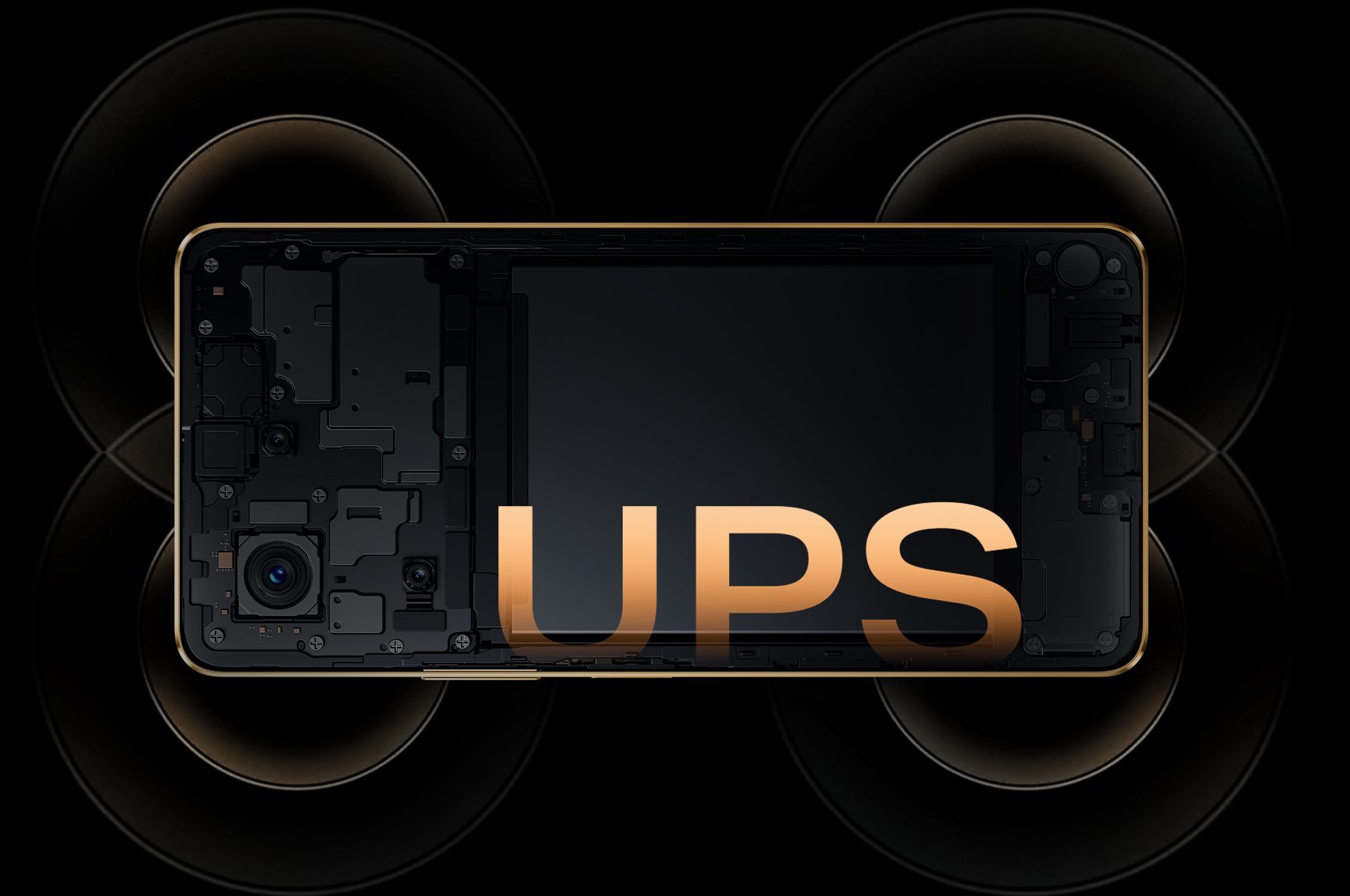It is not an exaggeration to state that cellphones have become an absolute need in today’s world. An estimated 7 billion people worldwide will benefit from the exceptional ease provided by smart mobile devices and mobile networks by 2023. After decades of continual research and refinement, today’s smartphones provide processing performance, camera technology, battery life, charging, and communications functions that were unfathomable not long ago.
Network connectivity is often one of the top concerns for smartphone consumers among these aspects. Mobile networks, which have also evolved at an incredible rate, now cover the majority of metropolitan locations on the world, allowing billions of people to connect online anytime, anywhere, without interruptions. Despite the extent and sophistication of today’s mobile networks, connection can be suboptimal on occasion, frequently owing to issues such as poor phone performance or local network infrastructure. This is especially important in times of emergency, when inadequate network connectivity can lead to catastrophic delays. In such cases, the need of reliable connectivity becomes all too evident.
Why do phone signals differ from one device to another?

Mobile communication is a complicated process comprising several components such as baseband chips, antennas, and others. When we send a message via WhatsApp, the baseband chip turns the message into an electrical signal, which is then relayed to the nearest base station via radio waves via the phone’s antenna. When the base station receives the signal, it sends it to the nearest base station to the receiver, which then transmits the message to the recipient’s phone. The recipient’s phone then transforms the electrical signal back into text, allowing our buddy to read the message.
In actuality, the radio waves emitted by phones and base stations will meet several barriers on their path, suffering different types of refraction, reflection, and diffraction that would eventually cause the signal intensity to degrade before it reaches its destination. Walking into an elevator or an underground tunnel will block most radio wave paths, and congested areas where hundreds or even thousands of identical signals are floating about at the same time can produce interference. Even holding a phone horizontally while playing games or viewing videos might cause the antenna to become blocked. These common events have a significant influence on signal strength, resulting in stuttering phone conversations, never-ending online page loading, and even total disconnection.
Isn’t stable connectivity only achievable on top smartphones?
Despite being such an important function, not every smartphone can continuously deliver reliable network access. Certain features aimed to increase connectivity are only accessible on high-end flagship models due to their high level of complexity. However, given that entry-level and mid-range smartphone users outnumber those with high-end smartphones, it seems only reasonable that these consumers have access to the same degree of flawless connection.
Following significant study into real-world user experiences, Infinix created Ultra Powerful Signal (UPS), a new technology that debuts on the newest NOTE 30 series. UPS increases connection in daily circumstances like as subterranean environments, elevators, and suburban locales with unique software design and algorithmic optimizations, delivering consumers flagship-level connectivity on a mid-range handset.
With Infinix UPS, you may enjoy a more reliable connection.
Infinix created the UPS technology found in the NOTE 30 series in-house after conducting a thorough research of user scenarios. UPS increases connection in a variety of common circumstances by offering algorithmic tweaking for certain conditions.
UPS technology includes a HyperSignal tuning algorithm to improve connectivity in elevators, basements, and other locations where poor signal and unreliable connections are widespread. HyperSignal can assist in swiftly transitioning the phone from 2G to 3G networks and restoring network status from weak to strong. This reduces the time required to establish a network connection by 32% and increases mobile data throughput by 30%. Furthermore, in situations when latency has a significant influence on the user experience. UPS’s clever acceleration capability may direct all network resources to the currently running application. This guarantees that customers may continue to use their current application without pauses even if their bandwidth is constrained.
Innovations based on customer feedback

As youthful consumers want more from their smartphone interactions, Infinix is committed to developing in-house innovations based on genuine user experiences. The NOTE 30 series incorporates UPS technology, allowing customers to enjoy a flagship-level smartphone experience on a mid-range handset while offering unrivaled network connectivity. Infinix’s motto, “Gaming Beyond Limits,” strives to provide customers with an unrivaled gaming experience by building an unbreakable connection with UPS technology that unlocks unlimited gaming possibilities.
Check out the Infinix NOTE 30 Pro and NOTE 30 models to discover more about the impressive NOTE 30 series. For additional information about Infinix events and products, kindly visit Infinix Malaysia’s official website, Facebook page, Instagram page


